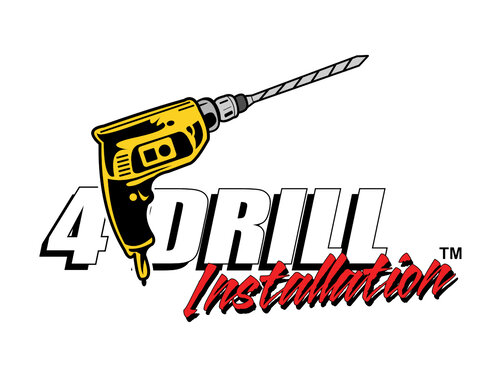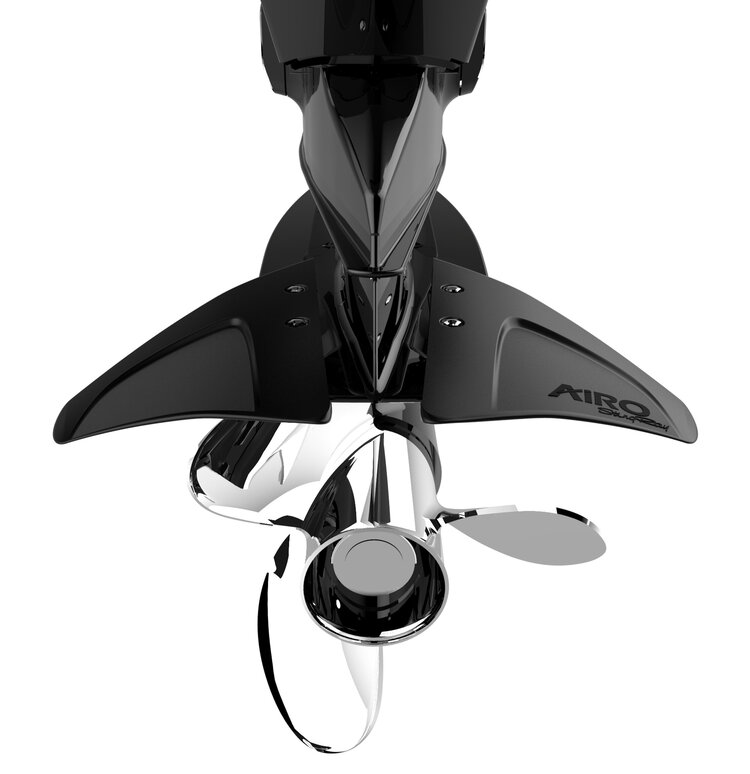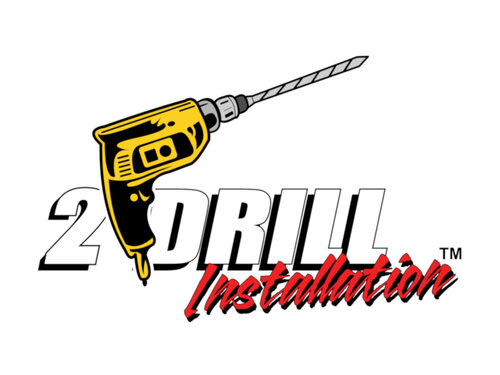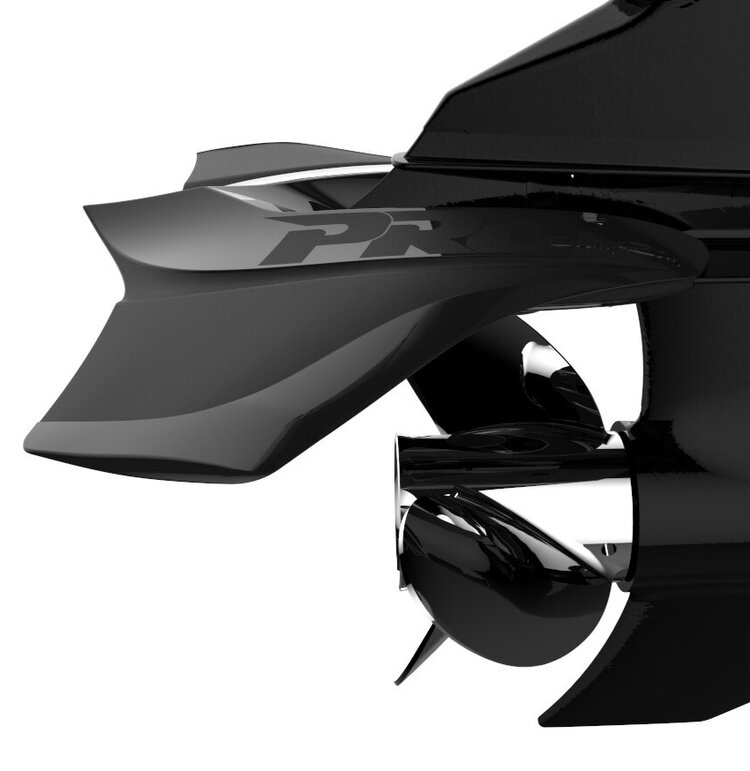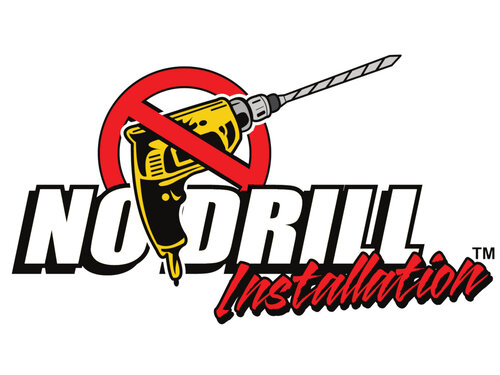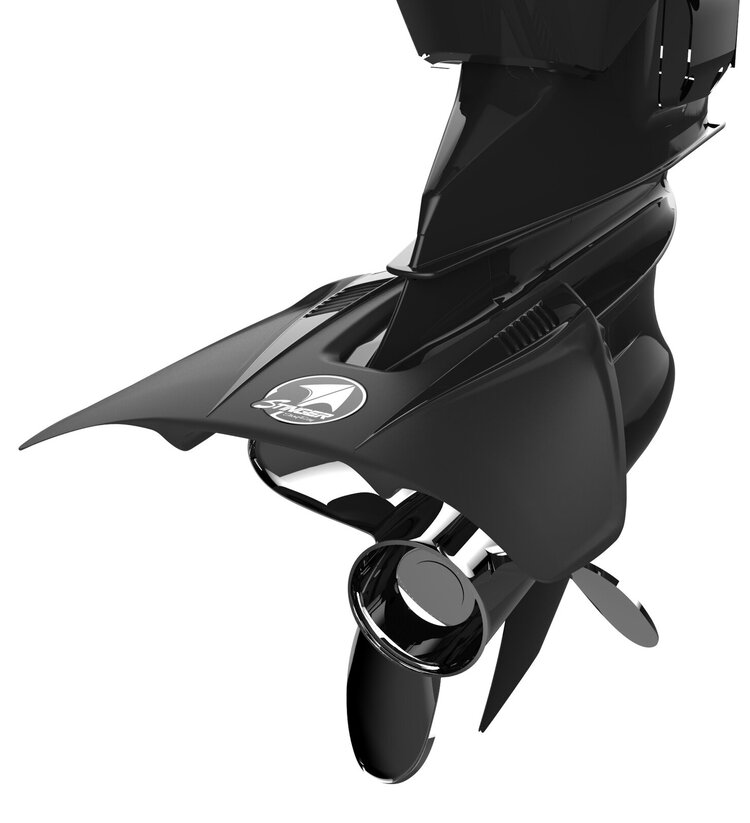Installation Process: NO-Drill
Installing a hydrofoil with NO-Drill Installation will require zero holes to be drilled into the engine’s cavitation plate! There are two types of NO-Drill Installation methods with certain StingRay Hydrofoil models requiring usage of one method or the other. The first method utilizes set screws, while the second method utilizes the torque tab / sacrificial anode to secure the hydrofoil to the engine.
If the StingRay Hydrofoil model requires the set screw method to be used, the hydrofoil is slid completely on to the engine’s cavitation plate. Once in place set screws are then installed in the pre-threaded inserts on each side of the hydrofoil. The set screws engage the edge of the cavitation plate and secure the hydrofoil to the engine without any holes needing to be drilled.
If the StingRay Hydrofoil model requires the use of the torque tab or sacrificial anode, the sacrificial anode or torque tab is removed from the underside of the cavitation plate. The included red washer is then placed up into the empty cavity created by the removal of the sacrificial anode or torque tab. Once the red washer is in place the hydrofoil is then slid completely on to the cavitation plate so that the red washer is captured. Once the hydrofoil is in place, the sacrificial anode or torque tab is re-installed so that the hydrofoil is secured tightly to the engine.

